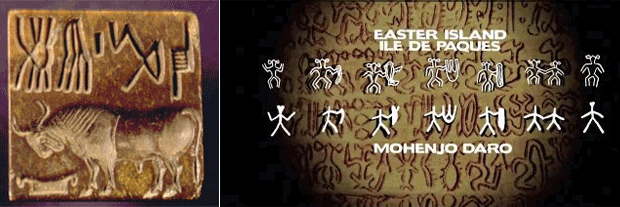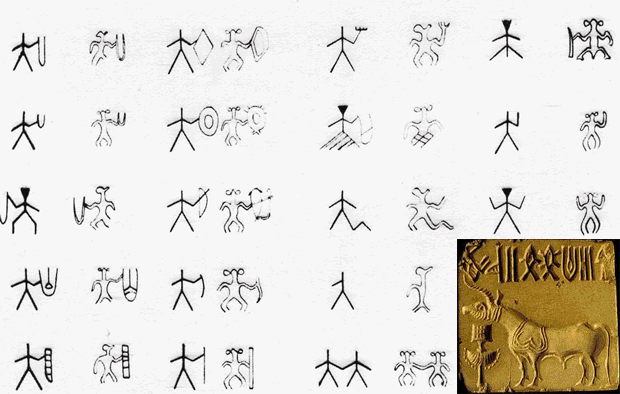|
A mere 28km from Larkana town is one of the most
fascinating spots you could possibly visit in Pakistan: Mohenjo Daro, a
significant representative of the Indus Valley Civilisation or IVC and
one of the biggest cities of its time. Presumed to have been founded
around four and a half millennia in the past, the city is said to have
been vacated by its inhabitants and left a ghost town around 1800 BC,
after which time and elements conspired to leave it forgotten for about
several thousand years. It was only rediscovered in the 20th century,
and since then, it has become one of the most talked-about cities in
archaeology, leaving archaeologists with more queries than answers even
to this day.
|
 |
Mohenjo Daro used to be on a ridge like most other cities in this time
and region, to avoid flooding. Changes in topographic character for the
area around the Indus have actually buried this ridge now, though.
Another change from olden times is that while it was originally situated
between two rivers, only one river now lies near it: the Indus. The
other, Ghaggar-Hakra, has since dried up.
The site was discovered by a member of the Archaeological Survey of
India, Rakhaldas Bandyopadhyay, who came upon it in 1922. The original
suspicion, prior to excavation, was that the mound of earth over the
site concealed a Buddhist stupa. One may well imagine the amazement upon
finding that what was actually under the soil was an ancient city, then,
and one so old that linguists have no way of deciphering its script even
now. The city had a great deal in common with the nearby Harappa too,
another of the IVC sites in Pakistan. Excavations revealed that it was
even bigger than Harappa, though, with people estimating a population of
over 30,000. By 2600 BC standards, this was a metropolis.
|
 |
There have been many questions provoked by the discoveries at the site.
For example, the famed Great Bath of Mohenjo Daro, a 2.4m-deep,
12×7-metre bitumen-waterproofed recess, continues to make archaeologists
wonder as to its precise purpose. The noble sculpture called the
Priest-King of Mohenjo Daro also provokes much inquisition, given that
there are hardly any indications of kings ever ruling the civilisation.
There is also the similarity of the city to the plans of the site at
Harappa, which some argue could be indicative of a shared central
administration and which other insist are merely superficial
similarities born from the fact that the two were constructed in a
comparable orthogonal layout (but not planned the same way after that).
Finally, there is the IVC script itself, which people still do not know
how to interpret and which has no Rosetta Stone that may assist
linguists in their efforts. Yet, oddly enough, startling comparisons and
similarities have been found between this script and the script used by
the old inhabitants of the archaeological sites in a place an
unbelievable distance away: Easter Island, the island of the moai
statues.
|
 |
Mohenjo Daro is a UNESCO World Heritage Site for good reason, and no
visit to Pakistan can be considered complete without passing by it.
There has always been something about our past that draws us in and
intrigues us, and when so much of it is shrouded in mystery as in the
case of Mohenjo Daro, the added romance only serves to heighten the
sense of human appreciation and sentiment one feels for what artefacts
have been left behind. Take the comments countless archaeologists have
made on the famed Dancing Girl of Mohenjo-daro, a bronze figurine
depicting an adolescent female with nothing save bangles and jewellery
on her apparently following some internal beat we cannot hear, her hip
thrust to one side and one hand resting on it. She has been called
“half-impudent [in] posture” and “perfectly confident of herself and the
world” by turns, and has even prompted one archaeologist to remark that
although we do not know if she was truly a dancer, we do know that she
was good at what she was doing and she herself knew it. |